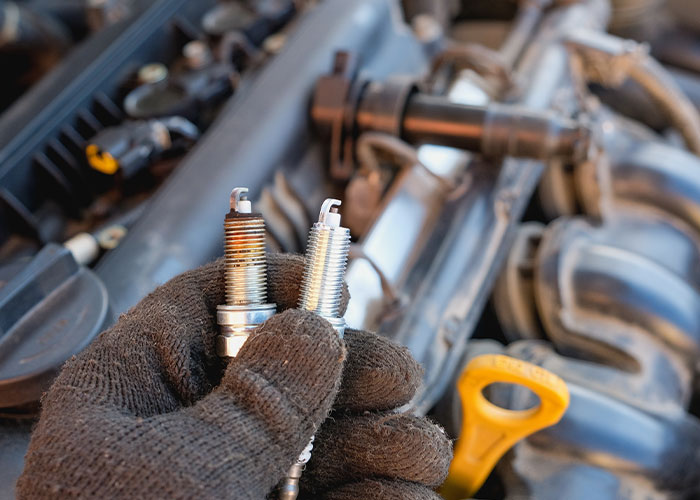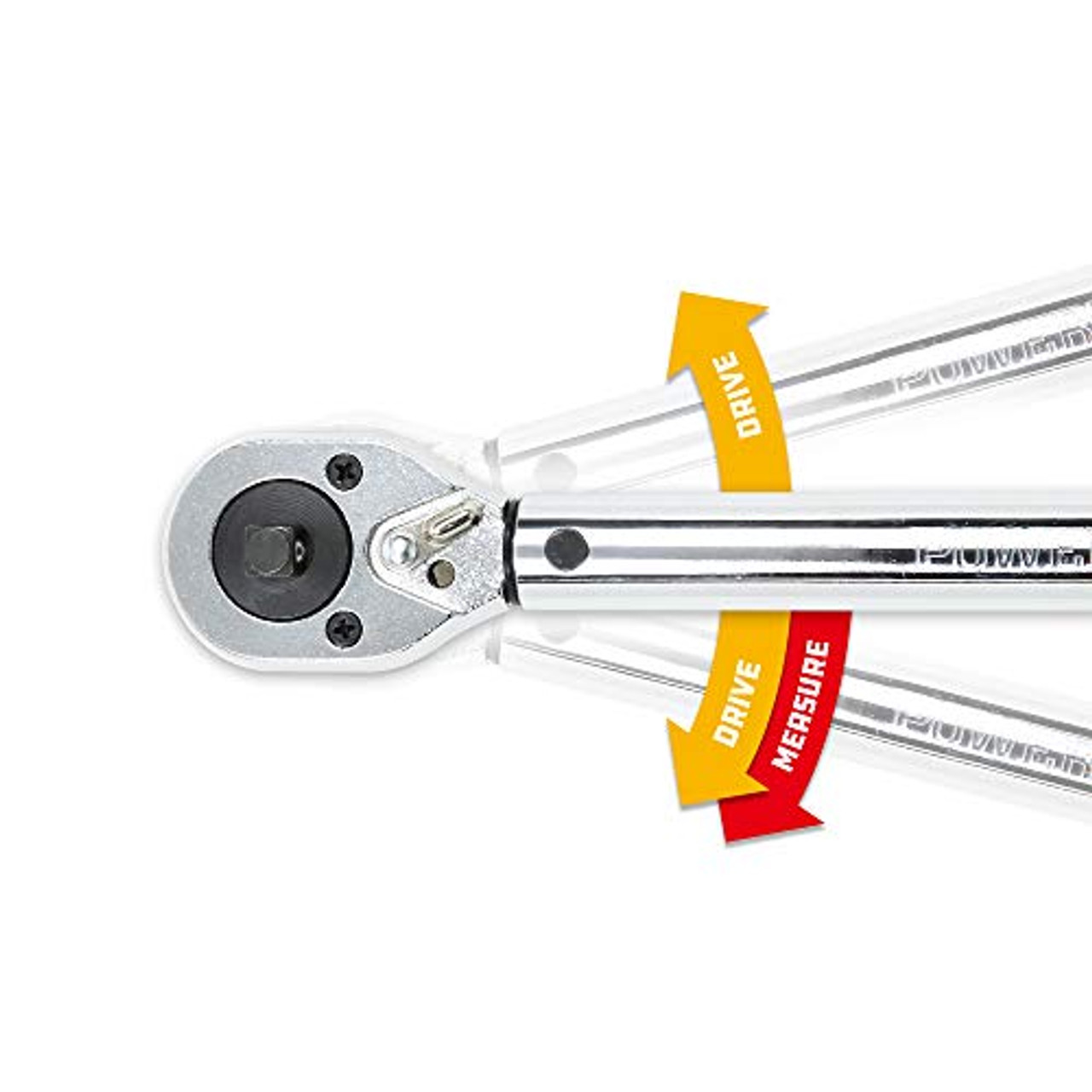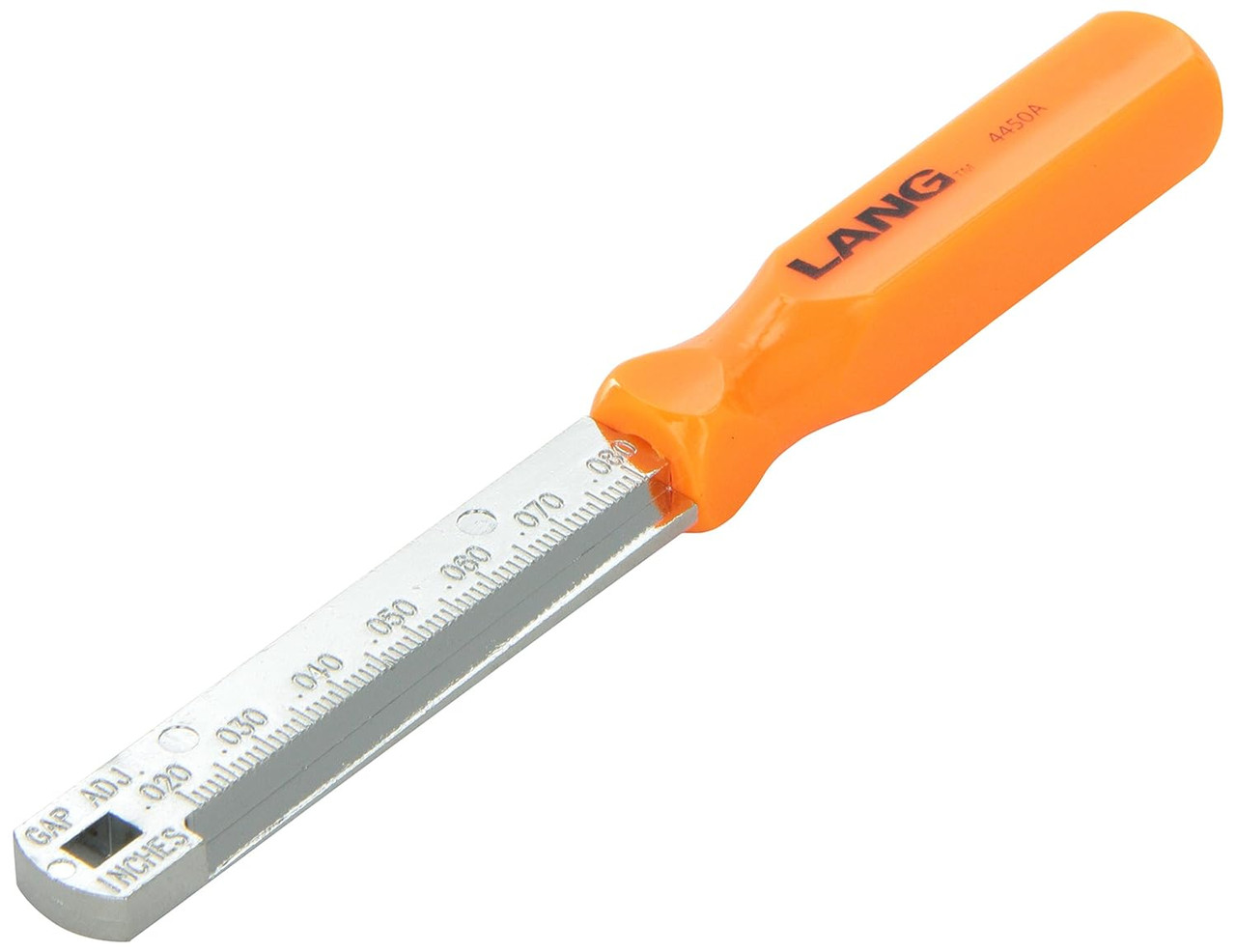How To Change Spark Plugs?
7th Jun 2024
Spark plugs are crucial for igniting the fuel-air mixture that powers your car's engine. Spark plugs need to be in optimal condition to ensure your car engine runs efficiently. Over time, spark plugs wear out and must be replaced to avoid engine issues such as misfires, reduced engine performance, and increased fuel consumption.
It's essential to change spark plugs based on your car model and the specific type of spark plug used. Old or dirty spark plugs can cause reduced engine performance and higher fuel consumption. Changing spark plugs is a straightforward process if you have the right tools.
This blog provides a detailed step-by-step guide to help you change spark plugs effectively, ensuring your engine's performance without needing professional assistance.
Let’s get started!
Tools You Need To Change Spark Plugs
When you're ready to change spark plugs, having the right tools is essential to streamline the process and prevent any damage to your engine. Below are the essential and optional tools detailed for effective spark plug replacement:
Spark Plug Socket ($29.15)
Spark plug socket has a rubber insert or a spring mechanism that grips the spark plug firmly, allowing you to remove and install it without causing damage. It’s designed to fit into the engine’s spark plug well, which is often deep and narrow, making a regular socket impractical for this task.
Torque Wrench ($36.13)
Using a torque wrench ensures that spark plugs are tightened to the exact specifications recommended by the vehicle manufacturer. This precision prevents the plugs from being too loose, which can lead to poor engine performance, or too tight, which can damage the spark plug or thread.
Gap Gauge ($4.84)
A gap gauge is essential for checking and setting the correct distance between the ground and center electrodes on the spark plug. Proper gapping is critical as it influences the spark’s effectiveness, directly affecting engine performance and fuel efficiency.
Each of these tools plays a specific role in the spark plug replacement process, ensuring that the job is done efficiently and correctly, thereby maintaining your vehicle’s engine in peak condition.
Step-by-Step Guide To Change Spark Plugs
This detailed guide will walk you through each step of the process to ensure a safe and successful spark plug replacement. Follow these instructions carefully to maintain your vehicle's health and longevity:
Safety First
For optimal safety, begin by parking your vehicle on a flat, dry surface to ensure stability during maintenance. Allow the engine to cool completely before starting any work to prevent burns or other injuries. Thoroughly clean the engine area to remove any debris or dirt that might accidentally fall into the cylinders, potentially causing damage.
Consider disconnecting the battery by removing the negative post cable. This helps to prevent any unintended electrical activity or shorts while you are working on the vehicle.
Step 1: Remove the Spark Plug Wire
Before you change spark plugs, remove any parts blocking access to them, such as the upper intake plenum. Remember, removing the plenum often requires a new gasket when you reassemble to ensure everything is sealed properly.
Use spark plug wire pliers to carefully remove the spark plug wire. Grip the boot with the pliers and gently twist to loosen it without pulling the wire itself, which can cause damage.
If the spark plug wire is damaged, replace it to avoid engine misfires. When you change spark plugs, always check the wires for wear and replace them if necessary to maintain your vehicle’s performance.
Step 2: Remove the Coil on Plug (COP):
The next step is to remove the Coil on Plug (COP). First, disconnect the electrical connector from the ignition coil and remove the hold-down bolt. This ensures that all electrical connections are safely disconnected before proceeding with the removal of the coil.
Carefully twist and pull the ignition coil to remove it. Handle the coil gently to avoid damaging the rubber insulator boot, which is crucial for sealing and protecting the connection. If you find the boot damaged, or if it shows signs of oil or coolant contamination, replace it promptly to prevent any engine misfires or other related issues. This ensures that the environment is safe when you change spark plugs.
Step 3: Unscrew the Old Spark Plug
The next step is to unscrew the old spark plug. First, clean any debris from the spark plug well, especially in Coil on Plug (COP) systems, to prevent damage during removal Use a spark plug socket to carefully remove the spark plug.
If the spark plug is resistant, apply a small amount of penetrant fluid to ease removal. This helps lubricate the threads and can prevent stripping or damaging the threads on the cylinder head, which is critical to maintain a good seal and proper engine function.
Step 4: Install the New Spark Plugs
Before installing new spark plugs, confirm they match your vehicle's part number and specifications. Check each spark plug for damage and ensure it’s suitable for your specific engine type. Using incorrect spark plugs can lead to serious engine issues.
If your spark plugs need gapping, use a gap gauge to adjust them according to your vehicle's specifications. Even if spark plugs are pre-gapped, verifying the gap ensures optimal engine performance.
To install the new spark plugs, start by threading each one by hand to avoid cross-threading. Then, use a torque wrench to tighten them to the manufacturer's recommended torque. This method ensures correct installation whenever you change spark plugs.
Step 5: Re-install the Spark Plug
After replacing the spark plugs, reinstall the spark plug wires or ignition coils for vehicles with a Coil on Plug (COP) system. Apply a small amount of dielectric grease to the inside of each boot to improve the electrical connection and prevent voltage leaks.
Attach each wire or coil to the corresponding spark plug based on the firing order to ensure proper engine function. Make sure each boot or coil clicks into place, confirming a secure connection. Incorrect installation can lead to engine misfires or reduced performance, so it’s important to check each connection carefully.
After reconnecting the spark plug wires, double-check that everything is correctly and securely assembled. This ensures your vehicle is set up for optimal performance after completing your spark plug replacement maintenance.
Step 6: Run The Engine
Start the engine to ensure everything is functioning correctly. A smooth and quiet start indicates a successful spark plug replacement. This step is crucial to confirm that the spark plug installation was done properly.
If the Check Engine Light turns on or flashes, this may indicate a misfire. Should this occur, shut off the engine and double-check your installation. Make sure each spark plug is correctly installed, and all connections are secure. It's important to resolve any misfires immediately to avoid engine damage and potentially costly repairs.
Continuing to drive with a misfire can damage the catalytic converter, leading to more severe issues. Promptly addressing any problems after you change spark plugs ensures your vehicle runs efficiently and stays in good condition.
Spark Plug Maintenance
Maintaining your vehicle's spark plugs is essential for ensuring optimal engine performance and longevity.
Here are some key tips to help you keep your spark plugs in top condition. Follow these guidelines to avoid common spark plug issues and enhance your vehicle’s efficiency:
Proper Gapping
Ensuring that your spark plugs are correctly gapped according to your vehicle's specifications is vital for the engine to run smoothly. Incorrect gapping can lead to inefficient combustion, which may cause engine misfire, reduced fuel efficiency, and increased emissions.
Keeping Spark Plugs Clean
Dirt and debris can cause spark plug deterioration and engine misfires. Clean the spark plug and the surrounding area to remove any build-up of oil, coolant, and debris to maintain the integrity and functionality of the spark plugs. This extends the life of the spark plugs and maintains engine performance.
Avoid Oil and Fluid Leaks
Regularly inspect for signs of oil or coolant leaks around the spark plug area. These leaks can lead to fouling, which can degrade spark plug performance and necessitate premature replacement.
Monitor Ignition System Health
Alongside spark plug maintenance, inspect other ignition components like ignition coils and spark plug wires. Issues with these components can mimic spark plug problems and impact overall engine performance.
FAQs
1. Can you change spark plugs when the engine is hot?
No, you should not change spark plugs when the engine is hot. Attempting to do so can cause the metal to expand, making removal difficult and increasing the risk of damaging the cylinder head threads. Always allow the engine to cool completely before starting this maintenance task.
2. What happens if you don't change spark plugs?
If you don't change spark plugs when needed, it can lead to engine misfires, reduced fuel efficiency, and poor overall engine performance. Over time, this neglect can cause more significant engine problems, such as damage to the catalytic converter.
3. Can you change spark plugs without changing the wires?
Yes, you can change spark plugs without replacing the wires, provided the wires are still in good condition. However, inspecting and replacing old or worn wires during spark plug replacement is recommended to ensure optimal engine performance.
4. What is the price to change spark plugs?
The cost to change spark plugs can vary widely, typically ranging from $40 to $150 for most vehicles if you do it yourself, including parts. Professional service can cost between $150 and $400, depending on the vehicle make and model and labor rates.
5. How often to change spark plugs?
The frequency for changing spark plugs varies by vehicle type and the type of plugs used, but a general rule is every 20,000 to 30,000 miles. Always consult your vehicle's owner manual for the manufacturer's specific recommendations.
Shop Discounted Tools From JB Tools To Change Spark Plugs
For your next spark plug change task, consider shopping from JB Tools' discounted selection of spark plug tools and accessories. With a range of high-quality tools tailored for spark plug maintenance, you'll find everything you need at a lower cost.
Our specialized spark plug sockets and torque wrenches are designed to help you achieve perfect results every time. Shop smart and keep your engine running smoothly with JB Tools' affordable, high-quality solutions for spark plug maintenance.





